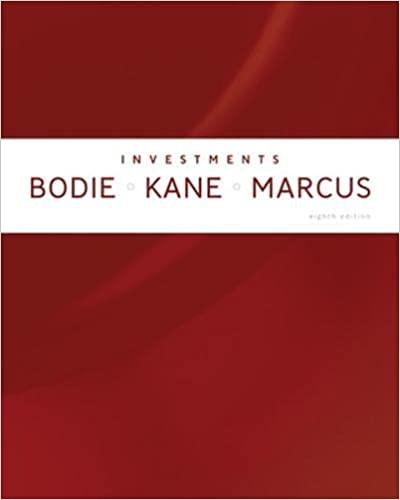An equity buyout group intends to acquire Hedgewood as of the beginning of Year 8 . The buyout group intends to finance 40% of the acquisition price with debt bearing a 10% interest rate and 60% with common equity. The income tax rate is 40%. The cost of equity capital is 14%. Analysts at the buyout firm project the following free cash flows for all debt and equity capital stakeholders for Hedgewood (in millions): Year 8, \$3,062; Year 9, \$3,263; Year 10, \$3,448; Year 11, \$3,632; and Year 12, \$3,837. The analysts project that free cash flows for all debt and equity capital stakeholders will increase 8% each year after Year 12. Required a. Compute the weighted-average cost of capital for Hedgewood based on the proposed capital structure. Enter your result as a decimal number to four decimal places. The entry form should automatically format it as a percentage with two decimal places. b. Compute the total purchase price of Hedgewood (debt plus common equity). To do this, discount the free cash flows for all debt and equity capital stakeholders at the weighted-average cost of capital. Ignore the midyear adjustment related to the assumption that cash flows occur, on average, over the year. In computing the continuing value, apply the 8% projected growth rate in free cash flows after Year 12 directly to the free cash flows of Year 12. Enter your result as a whole number. The entry form will format it as a whole dollar amount. c. Given the purchase price determined in Requirement b, the free cash flows to common equity shareholders for Year 8 to Year 12. Enter your amounts as whole numbers. The entry form will format the entries as whole dollar amounts. d. The present value of the free cash flows for common equity shareholders when discounted at the 14% cost of equity capital should equal the common equity portion of the total purchase price computed in Requirement b. Determine the growth rate in free cash flows for common equity shareholders after Year 12 that will result in a present value of free cash flows for common equity shareholders equal to 60% of the purchase price computed in Requirement b. Enter your result as a decimal number to six decimal places. The entry form will format it as a percentage with four decimal places. e. The adjusted present value valuation approach separates the total value of the firm into the value of an all-equity firm and the value of the tax savings from interest deductions. Assume that the cost of unlevered equity is 11.33%. Compute the present value of the free cash flows to all debt and equity capital stakeholders at this unlevered equity cost. Enter your result as a whole number, The entry form will format it as a whole dollar amount








